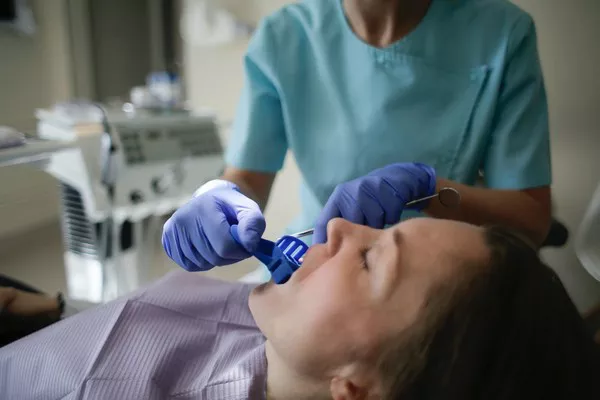Using whitening strips is a popular method to achieve a brighter smile at home. However, understanding how food and drink can impact the effectiveness of whitening strips is crucial for maximizing results. This article provides a detailed exploration of whether eating before using whitening strips affects their performance and offers practical recommendations for achieving optimal outcomes.
Introduction
Achieving a whiter smile often involves using whitening products like strips, which require careful preparation to ensure effective application and results. Knowing how dietary choices can influence the whitening process can help individuals make informed decisions for their oral care routine.
Direct Answer
It’s generally recommended to avoid eating or drinking anything other than water for at least 30 minutes before applying whitening strips. This period allows for optimal conditions for the whitening gel to interact with the teeth without interference from food particles or beverages.
Explanation
Eating or drinking immediately before applying whitening strips can potentially interfere with the whitening process in several ways:
Food Residue: Food particles left on teeth can create a barrier, preventing the whitening gel from making direct contact with the tooth surface. This barrier reduces the effectiveness of the whitening treatment.
Drink Staining: Darkly pigmented beverages such as coffee, tea, or red wine can temporarily stain teeth. Stains can obscure the true color of the teeth and make it challenging to accurately assess the whitening results.
Gel Dilution: Consuming fluids, particularly acidic beverages, can dilute the whitening gel on the teeth. A diluted gel may not be as effective in lifting stains and achieving desired whitening results.
Dislodging Strips: Eating or drinking can inadvertently dislodge the whitening strips from the teeth. This can lead to uneven application of the whitening gel, resulting in inconsistent whitening across the teeth.
See Also:
Is It Okay To Swallow Teeth Whitening Strip
Recommendations
To optimize the effectiveness of whitening strips, follow these recommendations:
Wait 30 Minutes: Wait at least 30 minutes after eating or drinking (except water) before applying whitening strips. This waiting period allows the mouth to clear residual food particles and reduce the risk of interference with the whitening process.
Rinse Thoroughly: Before applying whitening strips, rinse the mouth thoroughly with water to remove any remaining food debris or beverage residue. This helps create a clean surface for the whitening gel to adhere to the teeth effectively.
Specific Instructions
Different brands of whitening strips may have specific instructions regarding food and drink consumption before and during treatment. Always refer to the instructions provided with your whitening product for the most accurate guidance tailored to that specific brand.
Maintaining a Clean Mouth
Achieving optimal results with whitening strips also involves maintaining a clean oral environment:
Brush and Floss: Brush and floss your teeth before applying whitening strips to remove plaque, debris, and surface stains. A clean mouth ensures that the whitening gel can work directly on the tooth enamel, enhancing its effectiveness.
Conclusion
In conclusion, to maximize the effectiveness of whitening strips, it’s best to refrain from eating or drinking (except water) for at least 30 minutes before application. This practice minimizes potential interference with the whitening process and helps achieve more consistent and noticeable results.
Follow the specific instructions provided with your chosen whitening strips for best practices and safety guidelines. By preparing the teeth properly and adhering to recommended procedures, individuals can enhance their chances of achieving a brighter, more confident smile through effective whitening treatments. Always prioritize oral hygiene and consult with dental professionals for personalized advice on maintaining oral health and achieving desired aesthetic goals.
You Might Be Interested In






























